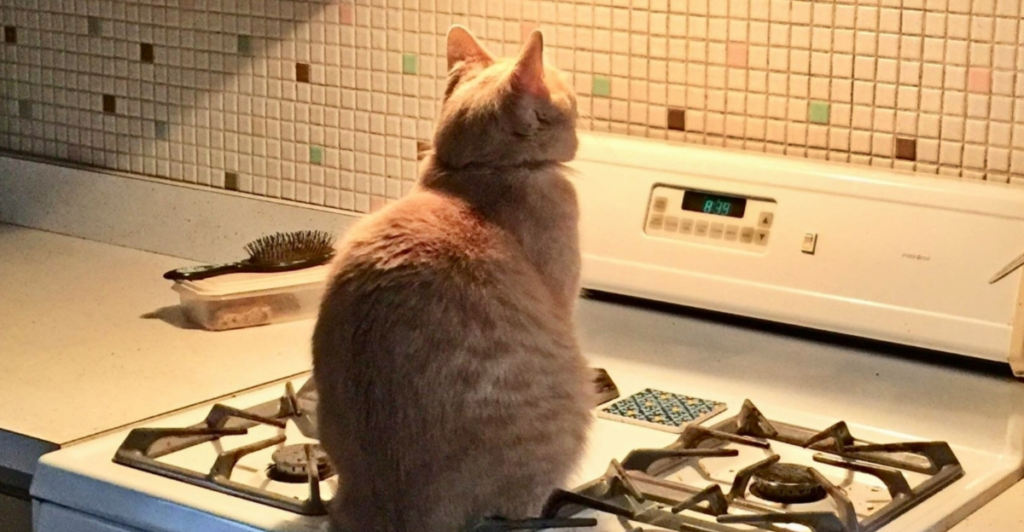
Cats have long captivated humans with their enigmatic behaviors, from sudden sprints across rooms to the rhythmic kneading of soft surfaces. These actions, while endearing, often leave owners puzzled about their underlying meanings. To bridge this communication gap, scientists are embarking on an ambitious endeavor: constructing a comprehensive database to decode and translate feline behaviors.
This initiative seeks to enhance our understanding of domestic cats, shedding light on their physical traits, behavioral evolution, and health challenges. By delving into the genetic and environmental factors influencing these behaviors, researchers aim to provide insights that could improve feline welfare and deepen the bond between cats and their human companions. The project represents a significant step toward demystifying the complex world of cats, offering owners a more transparent window into the minds of their beloved pets.
The Genesis of the Feline Behavior Database
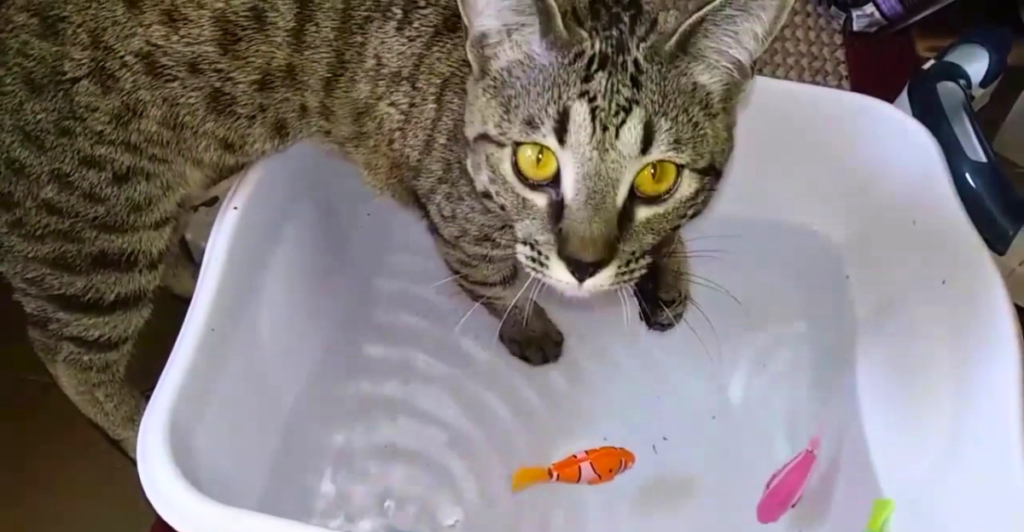
The initiative to build a feline behavior database is spearheaded by a collaborative team from the Broad Institute of MIT and Harvard, alongside UMass Chan Medical School. Dubbed “Darwin’s Cats,” this project aspires to enroll 100,000 cats, with plans to sequence the DNA 5,000 within a year. By gathering extensive data on cats’ physical traits, behaviors, environments, and health, the project aims to create the largest feline genetic database to date.
Harnessing Citizen Science for Data Collection
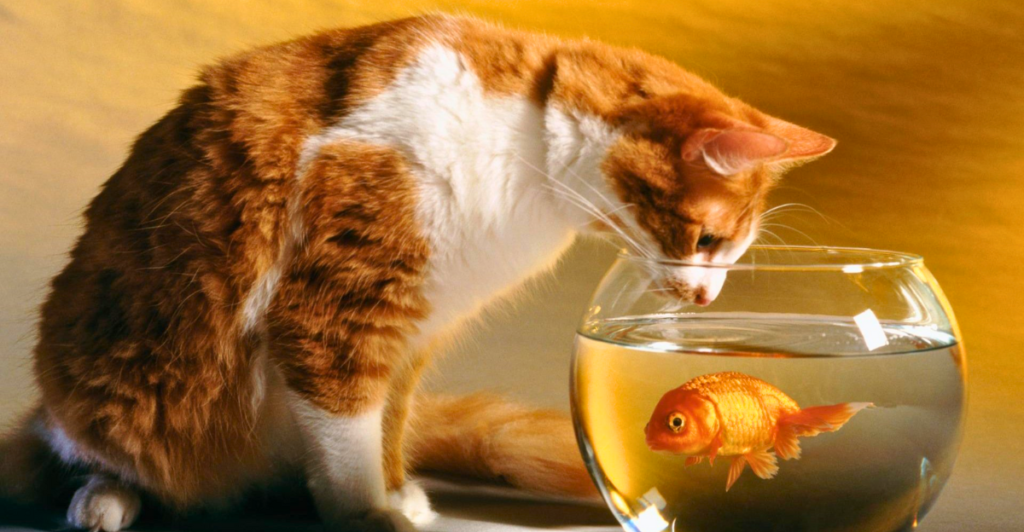
A distinctive aspect of “Darwin’s Cats” is its reliance on citizen science. Cat owners worldwide are invited to participate by completing detailed surveys about their pets and submitting fur samples for DNA analysis. This approach democratizes scientific research and fosters a deeper connection between owners and the scientific community, promoting a collaborative effort to unravel feline mysteries.
Insights into Feline Health and Behavior
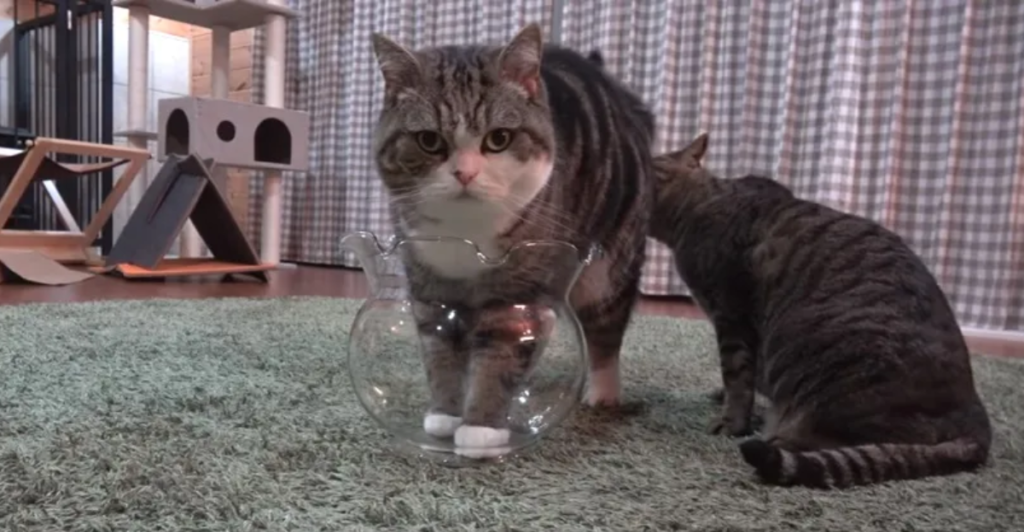
Understanding the genetic underpinnings of feline behavior can illuminate why cats act as they do. By analyzing vast amounts of behavioral and genetic data, scientists hope to identify patterns and correlations that explain common feline behaviors, such as purring, kneading, or sudden bursts of activity. This knowledge could lead to improved training methods, better environmental enrichment, and enhanced overall well-being for domestic cats.
Technological Tools in Decoding Cat Communication

Advancements in artificial intelligence (AI) are pivotal in translating animal communications. For instance, the MeowTalk app utilizes AI to interpret cat vocalizations, offering insights into what a cat might express. While still in developmental stages, such technologies exemplify the potential of combining AI with extensive behavioral data to enhance our understanding of feline communication.
The Broader Implications of Animal Communication Research
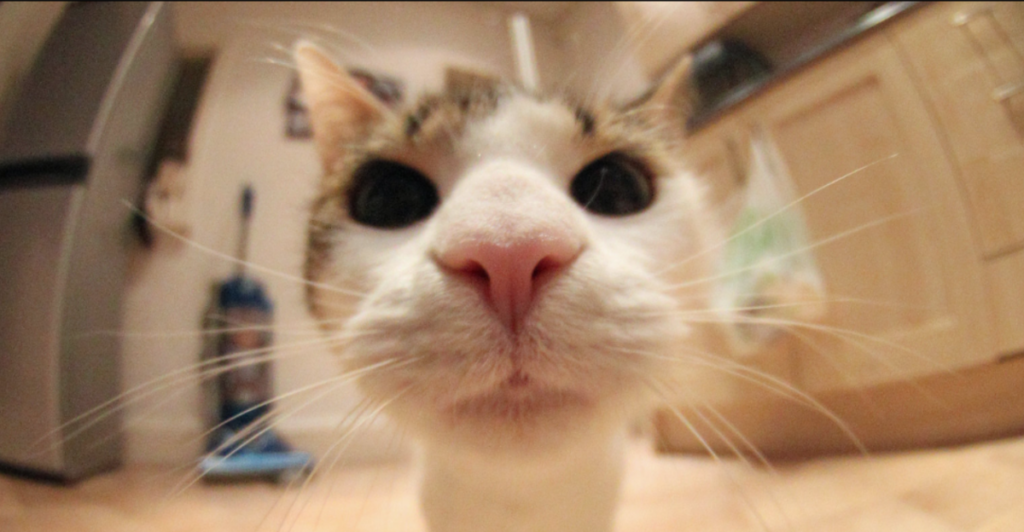
The endeavor to decode cat behavior is a more significant movement to understand animal communications. Researchers are leveraging AI and machine learning to analyze animal sounds and behaviors, aiming to translate them into human-understandable language. These efforts deepen our comprehension of animals and have potential applications in conservation and improving human-animal interactions.
The Role of Genetics in Feline Behavior
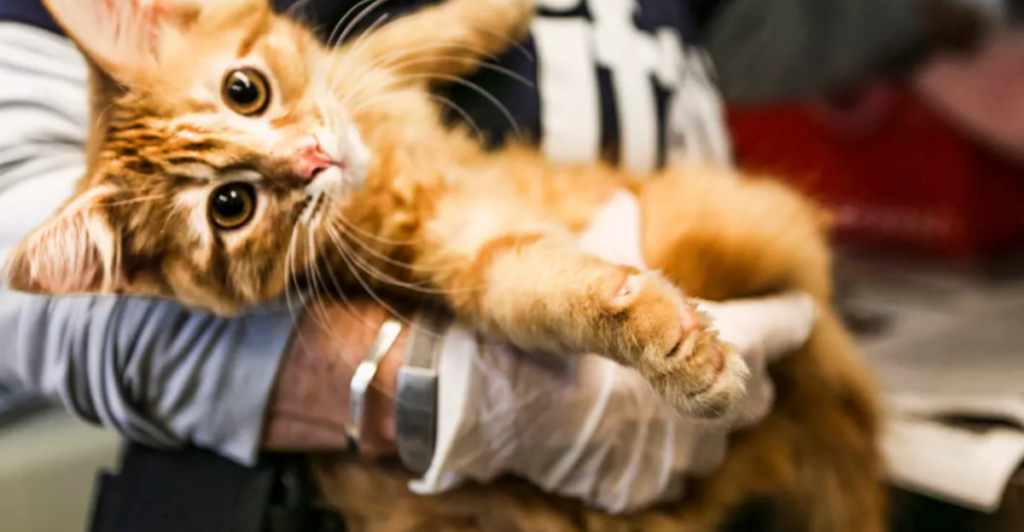
Genetic studies have revealed that certain behaviors in cats may have hereditary components. By examining the genomes of a diverse range of cats, scientists can identify genetic markers associated with specific behaviors, providing insights into how genetics influence feline actions and predispositions.
Environmental Factors Shaping Cat Behavior

Beyond genetics, a cat’s environment plays a crucial role in shaping its behavior. Socialization, living conditions, and human interactions can significantly influence how cats behave. Understanding these environmental impacts can help create optimal living situations that promote positive behaviors and reduce stress in cats.
Challenges in Decoding Feline Communication
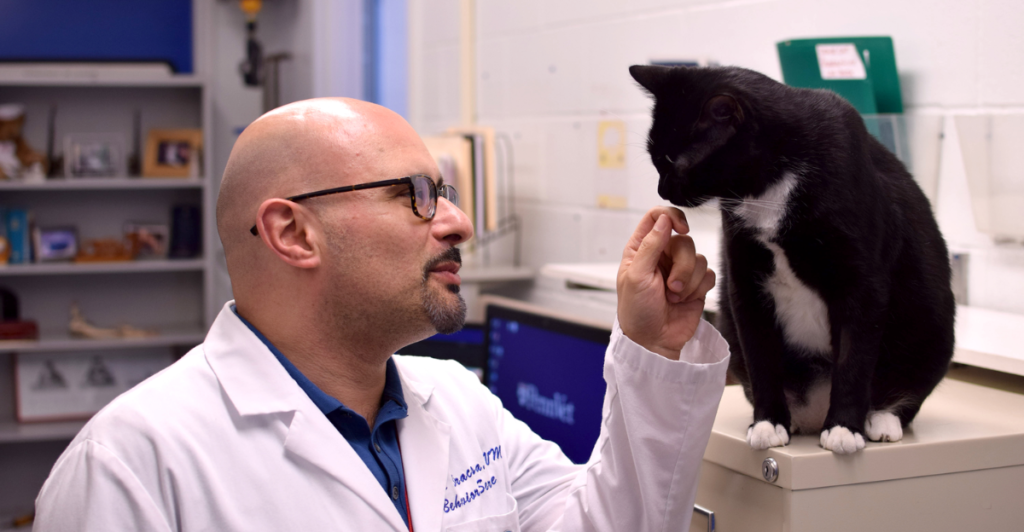
Deciphering cat behavior presents unique challenges due to the subtle and varied nature of their actions and vocalizations. Unlike some animals with more overt communication methods, cats often rely on nuanced body language and sounds, making interpretation complex. Comprehensive data collection and analysis are essential to accurately understanding and translating these behaviors.
The Future of Feline Behavior Research
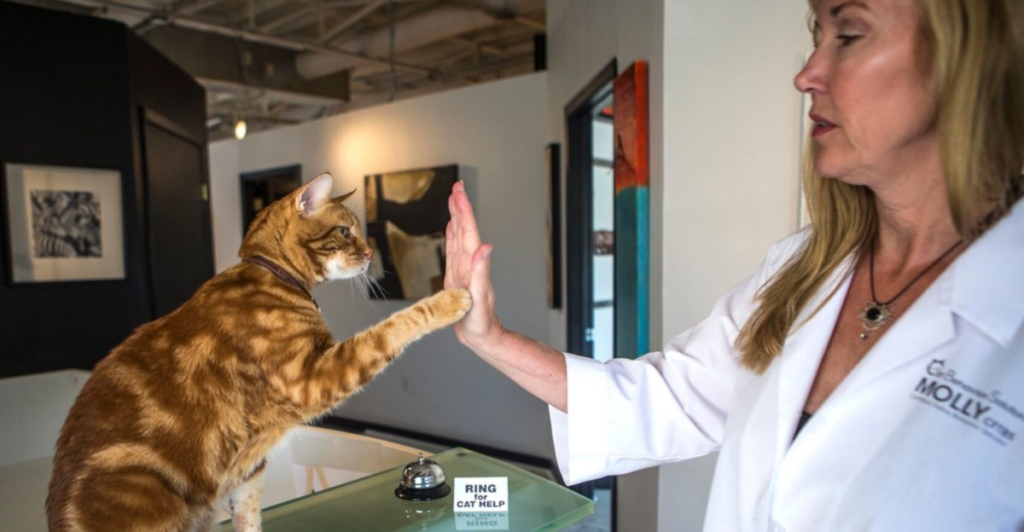
As the “Darwin’s Cats” project progresses, it promises to transform our understanding of domestic cats. The insights gained could lead to advancements in veterinary care and behavioral training and deepen the human-feline bond. Continued collaboration between scientists and cat owners will be pivotal in achieving these goals.
How Cat Owners Can Contribute

Cat owners interested in contributing to this groundbreaking research can enroll their pets in the “Darwin’s Cats” study. By providing information about their cats’ behaviors and submitting DNA samples, owners become integral to a global effort to unlock the secrets of feline behavior and genetics.
Explore more of our trending stories and hit Follow to keep them coming to your feed!

Don’t miss out on more stories like this! Hit the Follow button at the top of this article to stay updated with the latest news. Share your thoughts in the comments—we’d love to hear from you!







